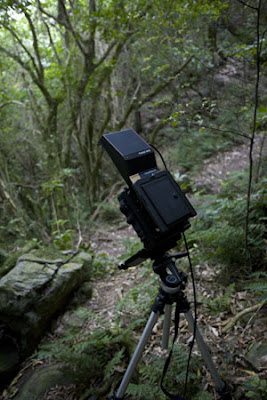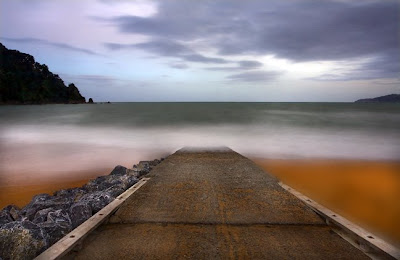Testing the Phase One fx Scanning back.

This is not going to be scientific, as the light changes but I want to know the best settings for this back, I may not have to use iso 100, it may be fine at 400 iso or 800 iso. I am also unsure what happens when you set the film curve as it is not reflected in the curve on the right of the screen. I have taken a lot of images today and will edit this post once I evaluate the images. The day was overcast so the light was even. You will see on the last scan, (it took a whopping 33 minutes). The sun goes down, darkening the image at the bottom. First shot unprocessed at medium resolution, that is 22.22 cm x 26.67 cm at 300 Pixels per inch, 23.6 MB. 75mm Lens set at f8 ( I put the lens in upside down and lifted the front and managed to clear the bed of the camera). The back was set at 30th of a second and the exposure indicator was on the left of the green area, indicating slight underexposure. Film curve was set to "Linear". Other options are film curve natural black, black and




